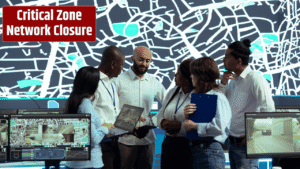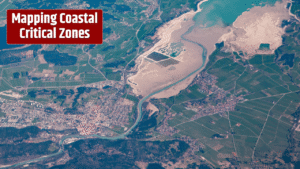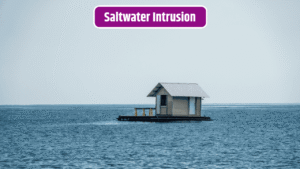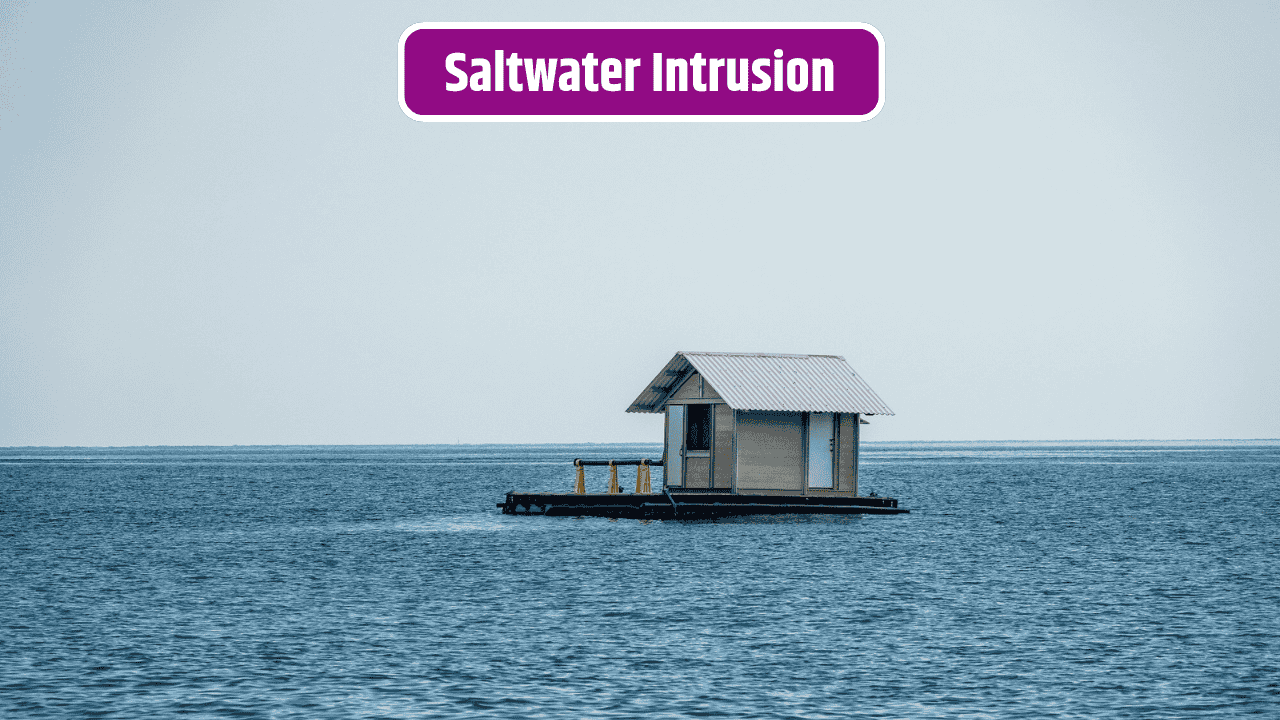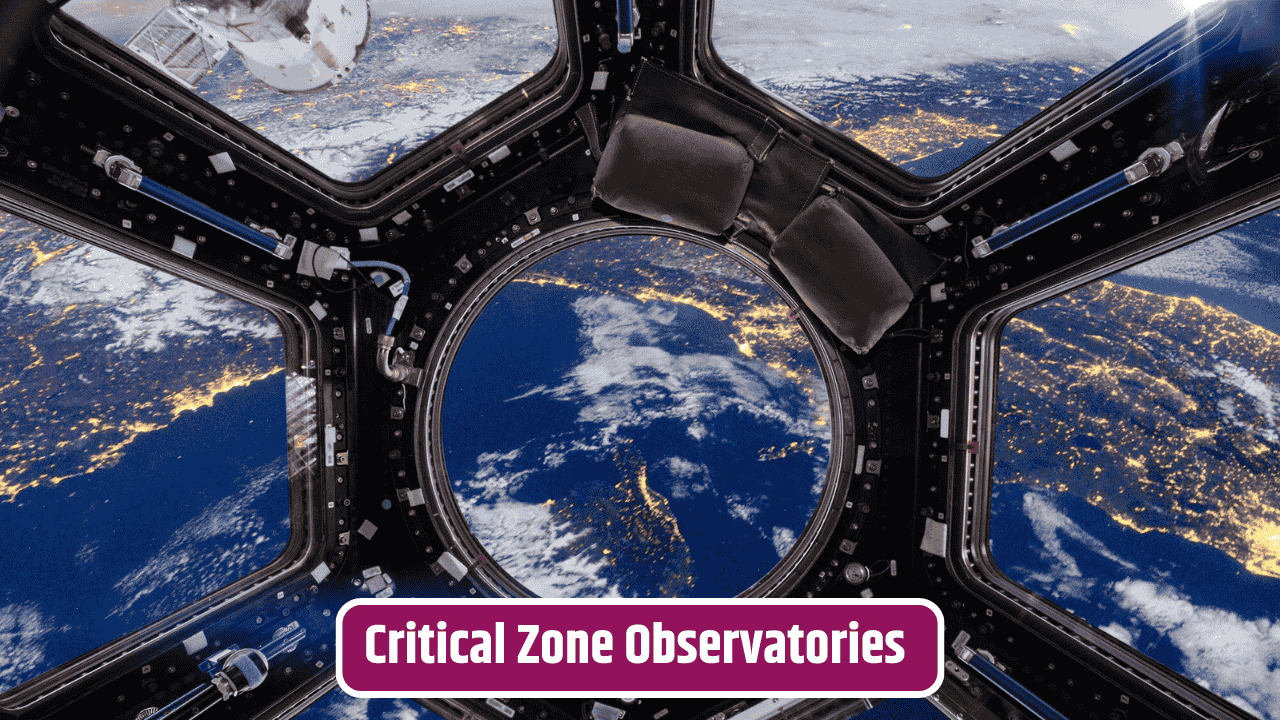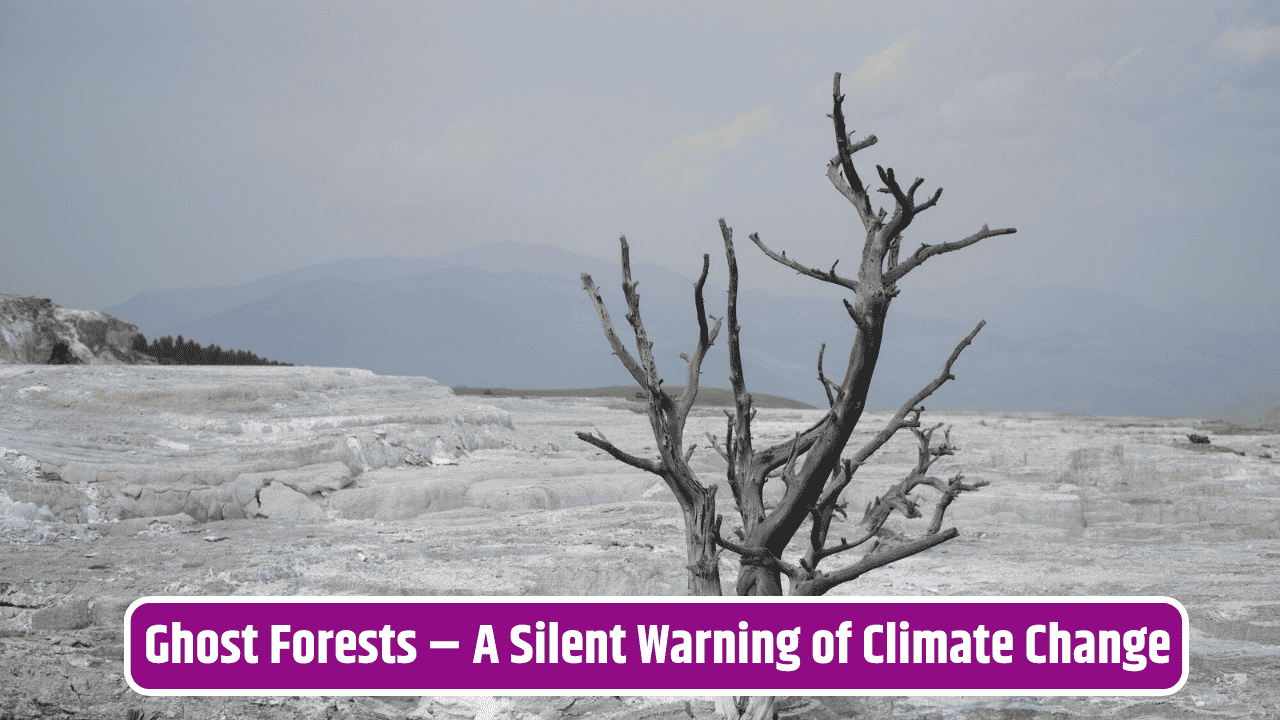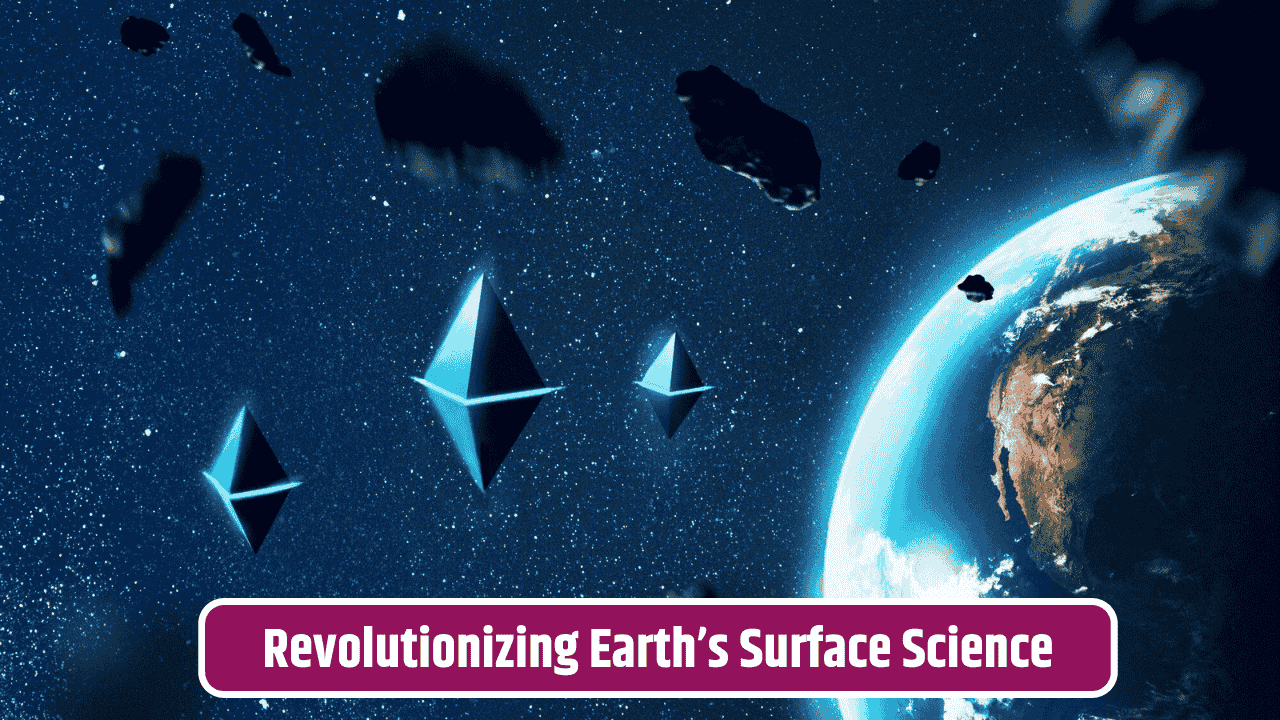When scientists talk about the Critical Zone, they’re not tossing around jargon for the fun of it. They’re pointing to the planet’s most vital layer—the wafer-thin zone between bedrock and treetops where air, water, soil, and life all meet. It’s the skin of the Earth, and it quietly sustains everything we eat, drink, and breathe. Without it, civilization as we know it wouldn’t exist. Yet this life-support system is under stress, and the future of Critical Zone science could determine how well we navigate the decades ahead.
Table of Contents
What Is Critical Zone Science?
Critical Zone science is a field that studies Earth’s outer skin as a complete system. Instead of looking at soil, water, or vegetation in isolation, it connects the dots—how rock weathers into minerals, how soils hold carbon, how roots interact with microbes, how rainwater becomes groundwater. It’s the science of the interconnected.
The U.S. once led the charge through its National Science Foundation (NSF)–funded Critical Zone Observatories and later the Collaborative Network. Across Europe and Asia, similar networks are growing, often with strong government backing. The goal is clear: to understand how this zone works, and how it’s being reshaped by human activity and climate change.
Why It Matters for All Living Beings
You don’t need to be a farmer or a hydrologist to have a stake in the Critical Zone. Every organism, from microbes in the soil to humans in cities, depends on it.
| Benefit of the Critical Zone | Why It Matters to Life | Everyday Example |
|---|---|---|
| Water Filtration | Provides clean drinking water | Rivers and aquifers supplying cities |
| Soil Fertility | Feeds plants and crops | Wheat fields in Kansas or rice paddies in Asia |
| Carbon Storage | Regulates climate | Forest soils holding billions of tons of carbon |
| Biodiversity Support | Creates habitats | Forests, grasslands, wetlands teeming with life |
| Climate Buffering | Stabilizes rainfall, reduces flooding | Wetlands absorbing storm surges |
Without a functioning Critical Zone, ecosystems collapse, agriculture fails, and water supplies falter. Put simply: it’s the layer that keeps Earth habitable.
The Challenges Ahead
Unfortunately, this life-giving system is in trouble. Deforestation, intensive farming, groundwater depletion, and urban sprawl are all degrading it. Add climate change to the mix, and pressures mount:
- Soils are eroding faster than they form, threatening global food security.
- Groundwater is being pumped unsustainably in regions from California to India.
- Forests that anchor the zone are being lost at alarming rates.
- Wildfires are intensifying in mountain regions, contaminating water supplies.
The Food and Agriculture Organization (FAO) warns that one-third of the world’s soils are already degraded. Meanwhile, the USGS notes that aquifers in many U.S. regions are being drained faster than they can recharge.
The Future of Critical Zone Science
Here’s where science steps in. Critical Zone research isn’t just about studying problems—it’s about shaping solutions. The future of this field could unfold in three key ways:
- Smarter Farming Systems
By tracking nutrient cycles and soil microbes, farmers can adopt regenerative practices that restore fertility while storing carbon. - Water-Secure Cities
Understanding groundwater flows helps planners design resilient cities that don’t run dry or collapse under subsidence. - Climate Resilience
Models built from Critical Zone data will help predict floods, droughts, and ecosystem shifts more accurately, giving policymakers tools to adapt.
With new technologies—satellite monitoring, AI modeling, even underground sensors—scientists can map this zone in unprecedented detail. But it requires long-term investment, something that has wavered in recent years.
Why Everyone Should Care
It’s tempting to think of the Critical Zone as an academic concern, tucked away in research papers. But in reality, it shows up in our grocery bills, our drinking water, even the air quality in our neighborhoods. When the Critical Zone thrives, we thrive. When it degrades, we all pay the price.
This is why its future matters not just for scientists, but for every living being on Earth. Protecting and studying it is one of the smartest bets humanity can make for survival.
FAQs
What makes the Critical Zone different from just “soil”?
It includes the whole system—rock, soil, water, air, roots, microbes, and canopy—not just dirt.
How does Critical Zone science fight climate change?
By studying carbon storage in soils and forests, it helps design strategies to keep carbon locked away.
Can degraded soils be restored?
Yes, through regenerative agriculture, composting, reforestation, and careful water management, but it takes decades.
Why do governments invest in Critical Zone research?
Because it informs agriculture, water policy, disaster management, and climate planning—areas tied directly to national security.


